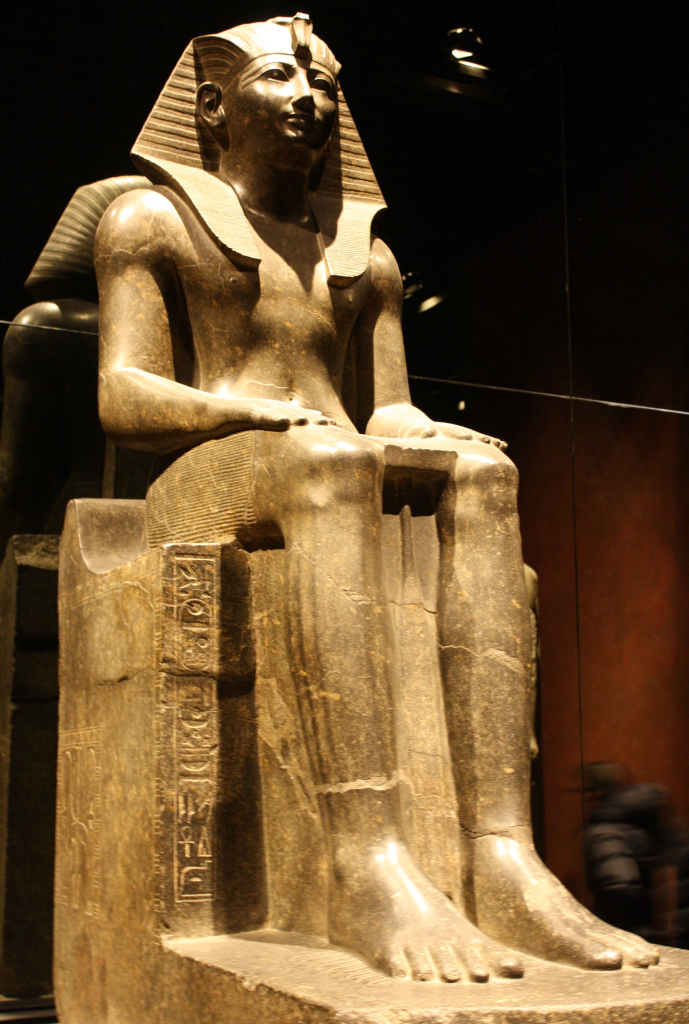
Some finds don’t augment history they reconfigure it. In February 2025, archaeologists digging west of the Valley of the Kings uncovered a discovery that might reorder Egypt’s 18th Dynasty history the missing tomb of Pharaoh Thutmose II. For more than a century, his tomb lay in wait for scholars, camouflaged among the cliffs and wadis of Luxor’s ancient necropolis.
The tomb’s discovery is more than a news headline it’s a richly textured tale of royal politics, ancient artistry, and the cruel hand of time. From the splendor of its star-painted ceiling to the enigma of its vacant chamber, every feature teases out a succulent hint about an overshadowed king. And as Egypt’s tourism sector catches up with the story, the world looks once again to the Nile for secrets hidden in the sand. These are nine of the most significant findings coming from this remarkable discovery.
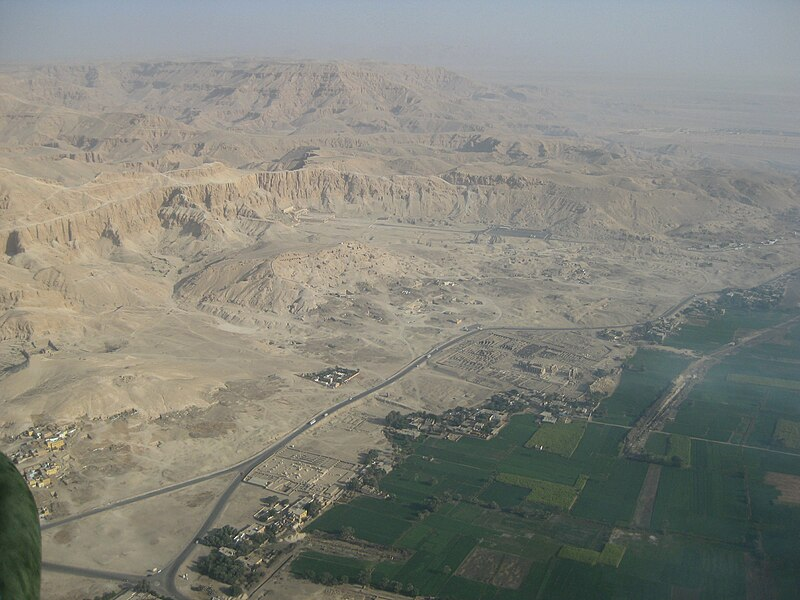
1. A Hidden Discovery in the Western Valleys
The burial was found in the Theban Necropolis Western Valleys, where one would more commonly find royal ladies and not kings. Egypt and Dominican Republic archaeologists observed peculiar depressions of the bedrock that opened into carved doorways consistent with 18th Dynasty royal architecture. As per Egypt’s Ministry of Tourism and Antiquities, the site’s architecture powerfully pointed toward a pharaoh’s tomb. The Associated Press published that it was the first time ever since Tutankhamun’s discovery in 1922 that the tomb of a pharaoh had been discovered by a British team.
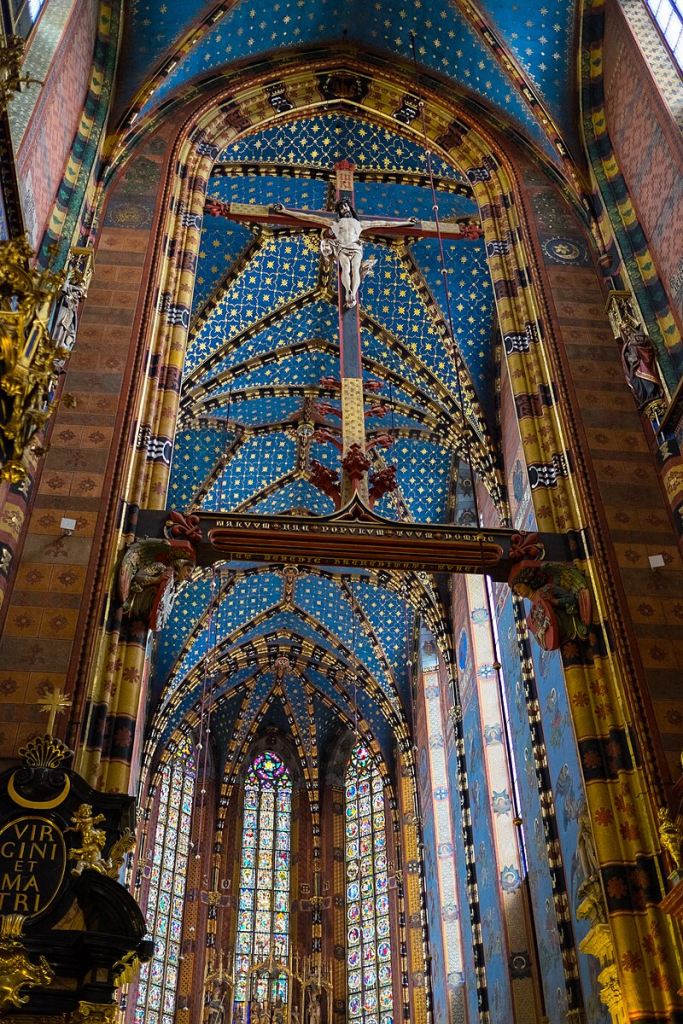
2. The Starry Ceiling That Gave Away a King
Within the burial chamber, the ceiling in one section was left intact deep blue paint with yellow stars dotted across its surface. Field director Piers Litherland explained to the BBC, “blue-painted ceilings with yellow stars are only in kings’ tombs.” This heavenly theme, combined with Amduat wall paintings, a sacred book reserved for royalty, sealed the tomb’s royal status. These sorts of ornaments are sparse survivors in the Valley’s unforgiving conditions and their preservation, a great stroke of fortune.
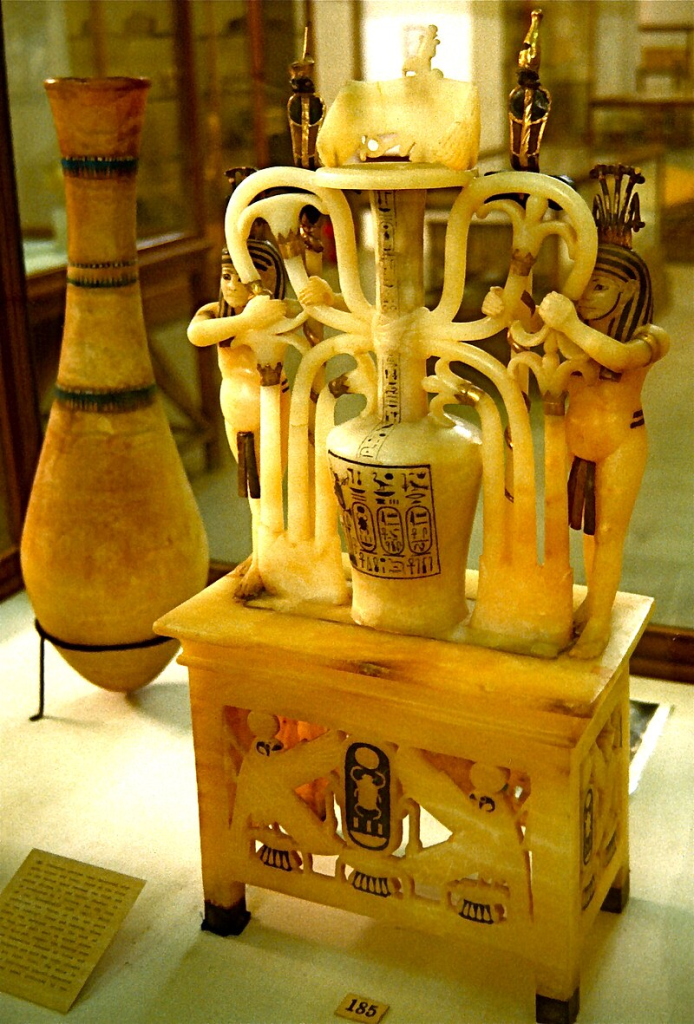
3. Unraveling a Centuries-Old Enigma
Thutmose II’s mummified remains were discovered two centuries ago, but his original burial site had never been located. The alabaster jar fragments found in the chamber bore inscriptions naming both Thutmose II and Queen Hatshepsut, identifying the tomb’s owner beyond doubt. As Litherland noted, these fragments likely broke during the ancient relocation of the burial, a fortunate accident that preserved the king’s name for modern archaeologists.
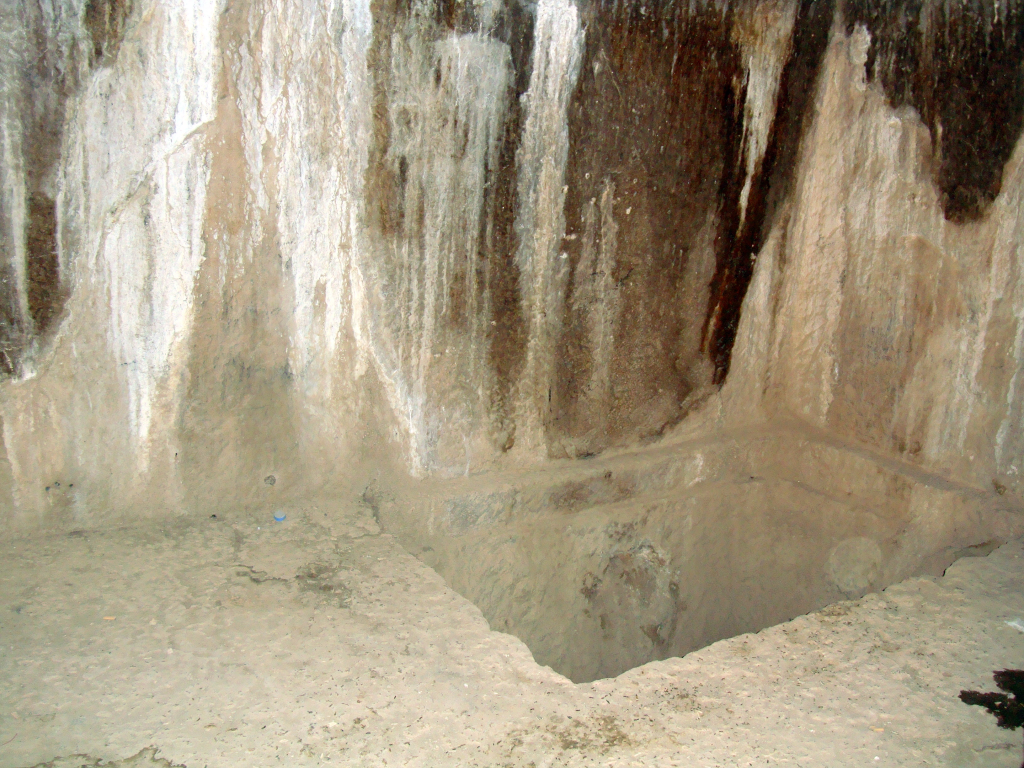
4. A Vacant Tomb with a Narrative
The room was fully cleared out not by robbery, but because it had been emptied out on purpose. Litherland said that the tomb had been constructed under a natural waterfall and flooded just a few years after the burial. The belongings were relocated to another place in ancient times, leaving traces of only rubbish behind. This finding defies expectations about tomb preservation and reveals that natural disasters might have been as dangerous as human greed.
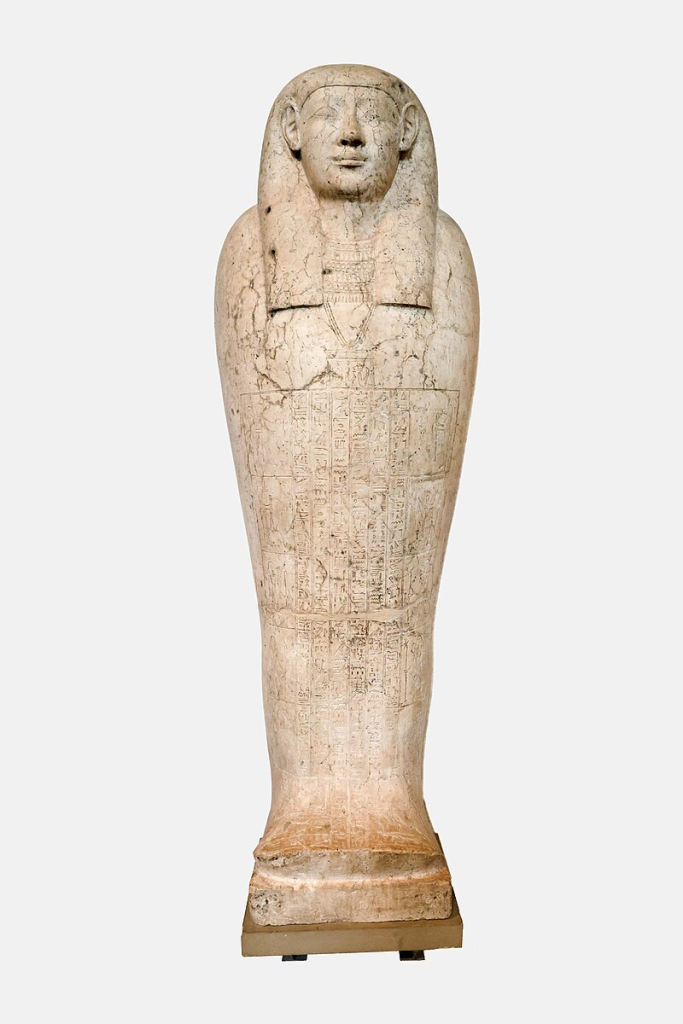
5. Echoes of Ancient Tomb Robbery
While Thutmose II’s tomb was emptied intentionally, many royal burials in Egypt suffered a more infamous fate looting. As historian Alice Goodwin documents, tomb robbery was rampant during economic crises, with even family members stripping gold from coffins. The Tomb Robbery Papyri record confessions of thieves who targeted elite graves, revealing how burial goods were reintroduced into the economy. These accounts provide a sobering counterpoint to the romance of royal tombs.
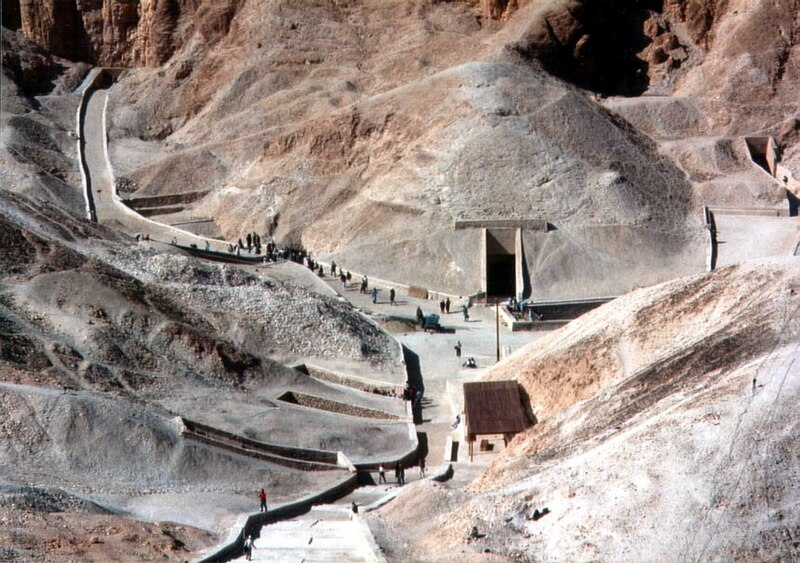
6. The Valley’s Harsh Geology
The Valley of the Kings and the necropolises around it are excavated out of friable limestone, subject to collapse but in turn able to seal chambers for millennia. This double nature of the geology requires that archaeologists approach extremely carefully. Collapsed ceilings and flood detritus sealed Thutmose II off, with the team having to wriggle through a 40-centimeter aperture to access the burial chamber.
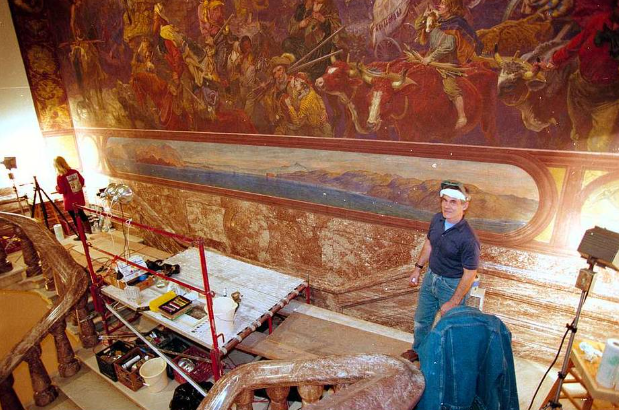
7. Conservation Under Siege in the Desert
Egypt’s desert weather preserves and ruins at the same time. Heat, salt, and wind erosion can remove painted plaster in days of exposure. Conservationists are working feverishly to shore up the tomb’s remaining art and record each detail before it is lost. Without this action, the fragile starry ceiling and painted murals may be gone almost as fast as they were discovered.
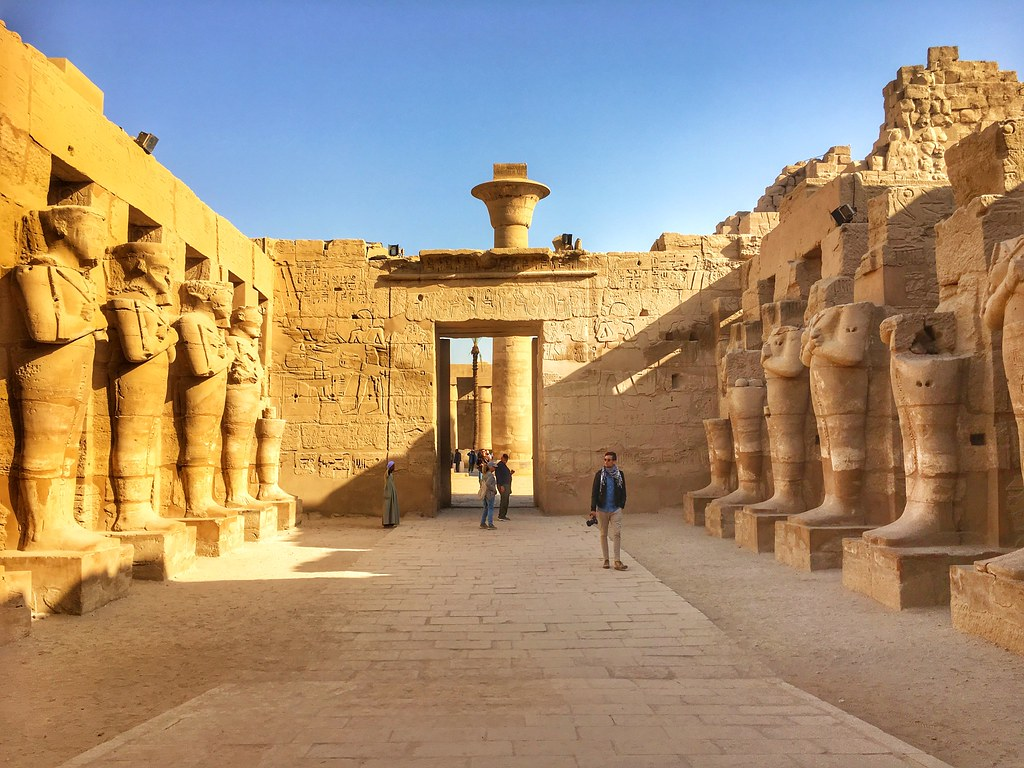
8. A Shot in the Arm for Egypt’s Tourism Rebirth
Heritage finds such as these are the focus of Egypt’s tourism policy. As Tourism Minister Rania al-Mashat explained to Xinhua, “These different discoveries bring more tourists to visit Egypt.” Officials already imagine new tourist pathways and displays, even though the tomb will be closed to visits while under study. The discovery adds to a line of high-profile releases aimed at projecting Egypt’s stability and cultural heritage onto the global stage.
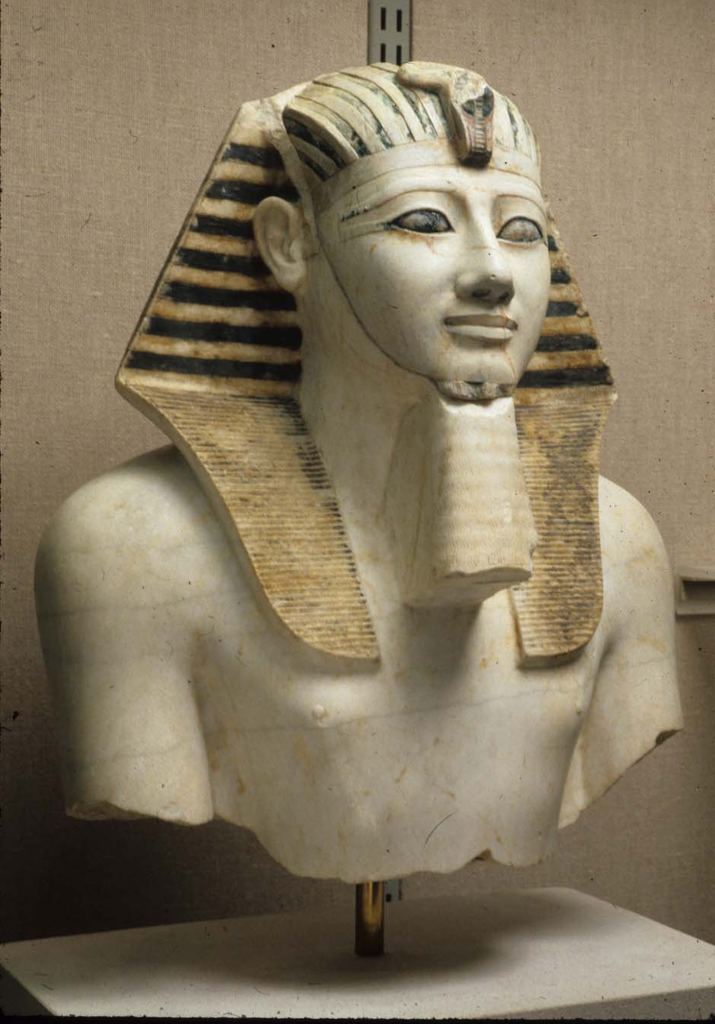
9. Rewriting the 18th Dynasty’s Story
The short reign of Thutmose II was usually eclipsed by Hatshepsut and Thutmose III. Physical evidence in his tomb would provide an explanation of his contribution to the political change in the dynasty. Even in its vacuity, the location provides hints regarding royal funerary practices, climatic issues, and the relocation of burials in ancient times. Oftentimes, as archaeologists are aware, absence can be as eloquent as presence.
The rediscovery of the tomb of Thutmose II is not an archaeological accomplishment alone it’s a testament that Egypt’s ancient topography still holds secrets with the power to redefine history. From its star-filled ceiling to the enigma of its intentional emptying, the location opens up the middle ground between myth and fact. And as scientists continue to excavate its narrative, the world awaits the next installment to arise from the sands of Luxor.


